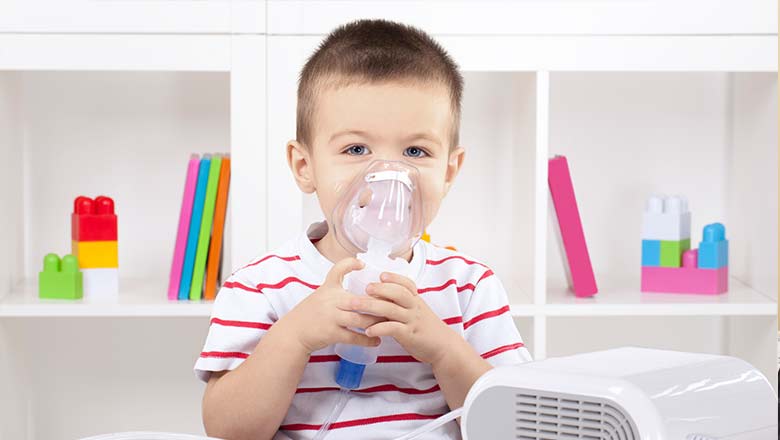Search
Showing results for "early life"
Research
Children's language development 0-9 years. In Growing up in Australia:Language development is one of the most important developmental accomplishments of early childhood and is the foundation for literacy, educational...
Research
Lung function changes in children exposed to mine fire smoke in infancyChronic, low-intensity air pollution exposure has been consistently associated with reduced lung function throughout childhood. However, there is limited research regarding the implications of acute, high-intensity air pollution exposure. We aimed to determine whether there were any associations between early life exposure to such an episode and lung growth trajectories.
Research
Eye Gaze in Autism Spectrum Disorder: A Review of Neural Evidence for the Eye Avoidance HypothesisReduced eye contact early in life may play a role in the developmental pathways that culminate in a diagnosis of autism spectrum disorder. However, there are contradictory theories regarding the neural mechanisms involved. According to the amygdala theory of autism, reduced eye contact results from a hypoactive amygdala that fails to flag eyes as salient. However, the eye avoidance hypothesis proposes the opposite-that amygdala hyperactivity causes eye avoidance. This review evaluated studies that measured the relationship between eye gaze and activity in the 'social brain' when viewing facial stimuli.
Research
Piloting a self-compassion program to promote physical and psychological wellbeing in youth with T1DAmy Keely Liz Asha Finlay-Jones Bebbington Davis Parkinson BPsych(Hons), MPsych(Clinical), MHealthEcon, PhD (Clin Psych) MClinPsych/PhD MBBS FRACP
Research
Longitudinal research: Applications for the design, conduct and dissemination of early childhood researchThe conduct of longitudinal research in early childhood is the focus of this chapter

News & Events
Therapy for babies with signs of autism cuts long-term disability costsNew research evaluating the potential cost savings of a therapy for babies displaying early autism signs has predicted a three dollar return to Australia’s National Disability Insurance Scheme (NDIS) for every dollar invested in therapy.
Research
Protection against severe infant lower respiratory tract infections by immune training: Mechanistic studiesResults from recent clinical studies suggest potential efficacy of immune training (IT)-based approaches for protection against severe lower respiratory tract infections in infants, but underlying mechanisms are unclear.
Research
Progressive increase of FcεRI expression across several PBMC subsets is associated with atopy and atopic asthma within school-aged childrenThe expression pattern of FcεRI on DC and basophils differentiates asthmatic from non-asthmatic atopic children
Research
Personalized transcriptomics reveals heterogeneous immunophenotypes in children with viral bronchiolitisDysregulated expression of IFN-dependent pathways after respiratory viral infections is a defining immunophenotypic feature of AVB-susceptible infants

Research
Finding the cellular explanation for recurrent asthma exacerbationsThis study is designed to identify the specific unique immune cell response that occurs in these children with recurrent disease.
